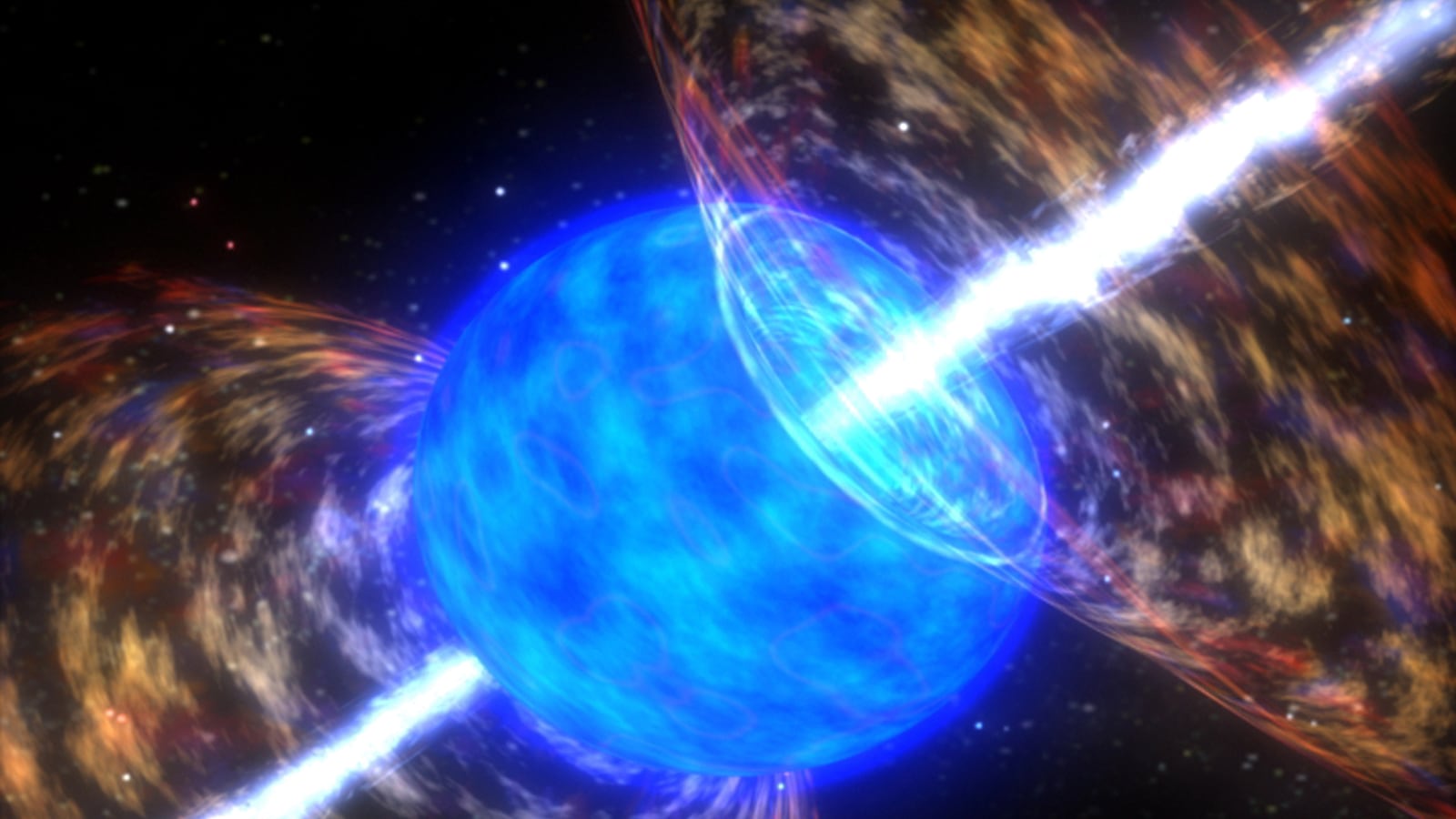A quiet corner of the Internet exploded with excitement this week: the orbiting Swift observatory had seen a gamma-ray (the most energetic type of light) burst in the Andromeda Galaxy (M31), our closest big galactic neighbor. That’s a rare event, with one burst happening in perhaps a million years in a galaxy that size. Well, maybe it was a gamma-ray burst, or maybe it was something else, cautioned some others. Either way, the hashtag #GRBm31 trended on Twitter and Facebook, with professional astronomers, writers like me, and a plethora of non-scientists commenting.

But the reality turned out to be even more disappointing—it wasn’t even a signal worth looking at. A combination of a software glitch and a piece of bad luck lead to a big overestimate of how bright and important the Swift signal appeared to be. Just one day after the news, all of us who were excitedly talking about all the possibilities were left feeling a little embarrassed.
Just a little. Despite the fact that it looks like someone messed up big-time, it’s more properly thought of as a rapid lesson in the science of very rare events—and how they can sometimes make us rush to judgment for the sake of not missing something very important. In other words, if this event was a party, on the embarrassment scale from “spill your drink” to “dancing on tables wearing nothing but a paper cocktail umbrella”, this rates no worse than a “did I really talk to him/her?”
First of all, if this had really been a gamma-ray burst (GRB), then astronomers would be talking about little else for the next week at least. The name is descriptive: they are extremely intense bursts of gamma rays, the highest energy form of light. As such, they can be seen from a very long distance away: the closest yet seen is about 150 million light-years away, with most much farther than that. The Milky Way hasn’t hosted one for as long as humans have been doing astronomy.
Andromeda Galaxy is about 2.5 million light-years away, which is right next-door in a cosmic sense. If you live in a place with a dark night sky, you might be able to see M31 without a telescope. That means it would be possible for many observatories—and possibly even amateur astronomers with good telescopes—to see the afterglow from a GRB in Andromeda. (If a GRB exploded near Earth, we’d be in trouble, but that’s thankfully not going to happen; see Death from the Skies by Phil Plait and my own “Earth-shattering kabooms.”)
Another reason for excitement: the apparent location of the burst indicated that it was the type caused by a collision between neutron stars, the weirdest objects in the cosmos. That kind of explosion, known as a kilonova, is possibly the original source of gold and other heavy types of chemical elements. (Kilonova is a really lame name in my opinion: supernova indicates something badass, but kilonova makes me think of “kilogram”, which isn’t that big, or “a thousand novas”, which is misleading.) Since we know of a number of binary neutron stars in the Milky Way, seeing a collision would tell us a lot about the end of those pairs.
But of course as of Tuesday night, we only had a little information. Because GRBs are so rare, the best way to look for them is with an automated observatory. The Swift telescope is designed to detect any amount of extra high-energy light, then turn to locate the source. Astronomers at a number of ground-based observatories then follow up to find out as much about what created the light.
However, most things Swift sees aren’t GRBs, or anything else interesting (like a black hole eating a star, which was another possibility). In this case, the observatory saw what turned out to be a known X-ray source in Andromeda Galaxy, but a software glitch made it look much brighter than usual.
Under ordinary conditions, astronomers would have spotted the problem quickly, but a storm blew through Maryland last night, cutting off Internet access to the computer servers at NASA’s Goddard Space Flight Center, where Swift is managed. That meant we only had the initial erroneous data to work with, and based all our responses on that.
So, rather than respond like politicians and firing everyone in sight, or stonewalling the media, astronomers published the corrected data… and everyone moved on. This sort of thing can happen in science, especially where very rare events occur. If this had actually been a GRB, then all researchers in that area of astronomy would need to jump to study it immediately, since the chance wouldn’t come again.
The risk of being wrong was small, but the potential payoff for being right was amazingly high. The main difference about this false signal and others is that it played out on social media—so non-scientists got to see the kinds of scientific discussions that usually wouldn’t be public. And if Swift had actually spotted a GRB next door, then the public would share in the thrill of discovery at the same time as researchers. Isn’t that possibility worth a little embarrassment?





